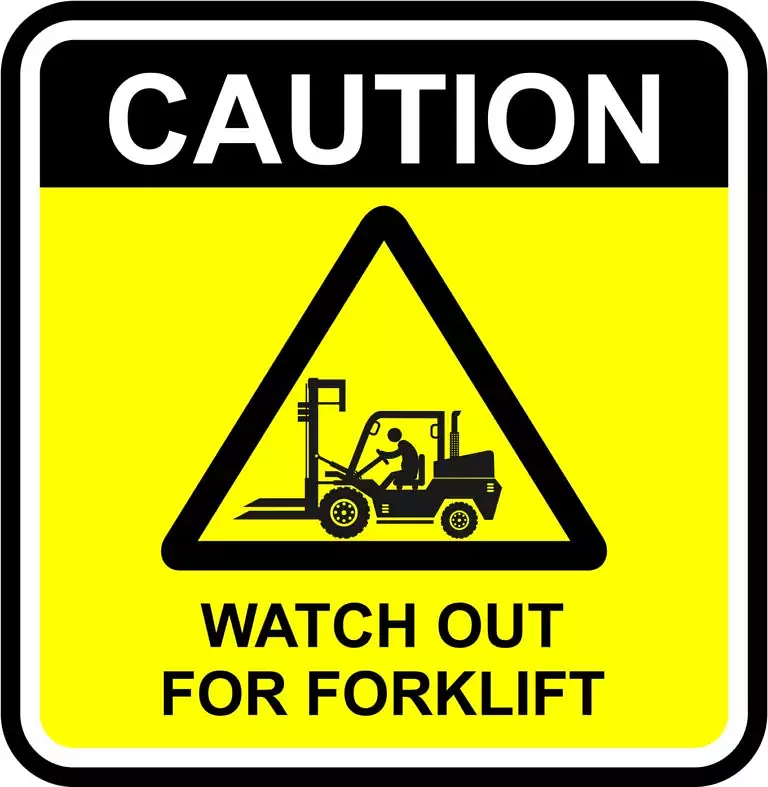 Working in the snow or ice is never an easy thing to do. However, with modern innovation and enhancements such as the forklift, outdoor operations in cold conditions have become manageable in the most trying of circumstances. Such positive outcomes are attributed to proper forklift fleet management in this environs. Whether it is flurries on a chilly day or a full-on blizzard, adhering to these simple practices will maximize the performance of your fleet when those blustery and bitter temperature roll in. Check out our breakdown of how you can optimize your forklifts in cold conditions. And if the cold weather does get the best of your vehicles check out our expansive inventory of used forklifts for sale to replace any machines in your fleet at the best possible price.
Working in the snow or ice is never an easy thing to do. However, with modern innovation and enhancements such as the forklift, outdoor operations in cold conditions have become manageable in the most trying of circumstances. Such positive outcomes are attributed to proper forklift fleet management in this environs. Whether it is flurries on a chilly day or a full-on blizzard, adhering to these simple practices will maximize the performance of your fleet when those blustery and bitter temperature roll in. Check out our breakdown of how you can optimize your forklifts in cold conditions. And if the cold weather does get the best of your vehicles check out our expansive inventory of used forklifts for sale to replace any machines in your fleet at the best possible price.
1) Monitor Antifreeze – While this may seem like a self-explanatory tip, it is important to check the anti-freeze every day the mercury plummets. Given the stress and demands of time constraints along with unique business requirements, a practice as straightforward as this is often ignored in the hustle and bustle of completing various logistics, supply chain, receiving, and shipping projects. Check the forklift’s radiator and reservoir prior to every use and top off with the appropriate blend of antifreeze as required. Doing so will literally prevent the machine’s engine block from freezing and seizing.
2) Check Other Essential Parts – Another best practice for any outdoor forklift operation starts with ensuring the forklift is ready for the most extreme weather. In the case of cold weather, the electrical system is one of essential focus. According to H&F Lift Trucks, the vital components most affected by cold weather is the battery, the terminals, attachments, and the hydraulic system. It is imperative to ensure that your appliance is not leaking from these various areas and moreover to ensure all the moving parts associated with these components are of optimal working condition. Moreover, another potential peril that awaits operators in cold conditions is poorly inflated tires, which can result in a loss of traction or stalling. Also prior to use, drives should check the pressure on all tires. It is worth annotating that overinflated tires are more prone to blowouts which can cause a vehicle fire. On another note, under-inflated tires run the risk of going flat which can be extremely dangerous in icy conditions that often accompany the cold.
3) Make Sure The Forklift Is Warmed Up – It is championed by many to make sure that one’s car or truck is warmed up prior to departure on those cold winter mornings. Similar advice applies to the use of any forklift as failing to do so can create a broad scope of far-reaching events. Using a forklift with a cold engine fosters the possibility of an incident coming from a wide range of combustion and transmission related issues. If you know you will be behind the wheel on a frigid day, power on your forklift, get yourself a cup of coffee, and come back to put it to use. Forklifts require a few minutes to warm up and idle before they are deployed on those extremely balmy days.
